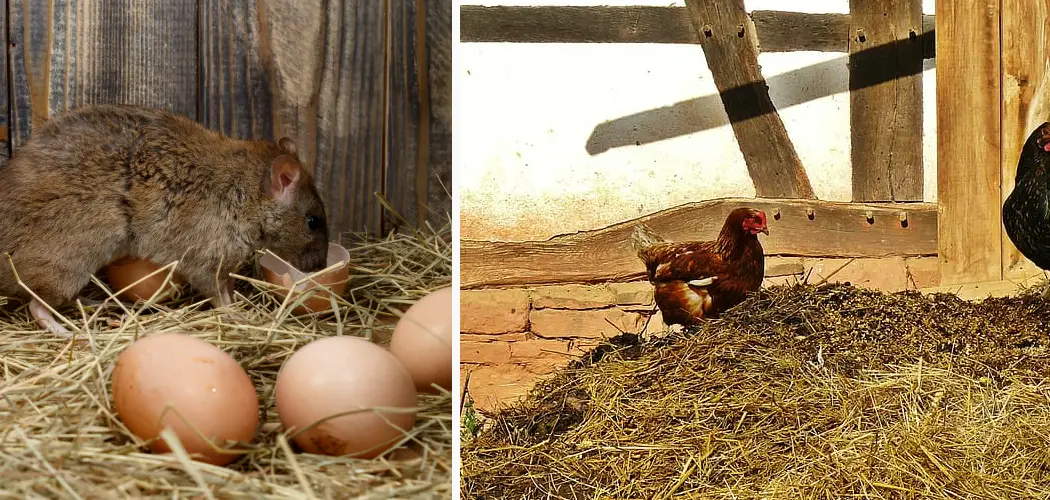Rats can be a persistent problem in a chicken coop, threatening not only the health and safety of your poultry but also posing potential risks to human health. These unwelcome guests are attracted to the abundant food and shelter provided by a coop, and once they establish residence, they can be remarkably difficult to eradicate.
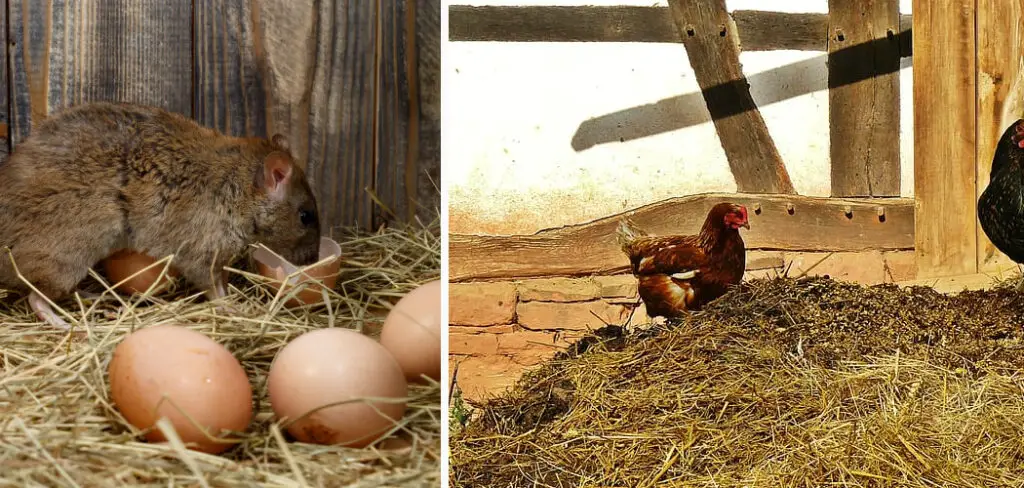
In this guide on how to get rid of rats in chicken coop, we will explore effective strategies to get rid of rats in your chicken coop, ensuring the well-being of your chickens and bringing peace of mind to your farm. From preventative measures to direct removal methods, we’ll cover the critical steps you need to take to maintain a rat-free environment for your feathered friends.
Understanding Rat Behavior in Chicken Coops
Before we dive into the methods of eliminating rats in chicken coops, it’s important to first understand their behavior and habits. Rats are highly intelligent and adaptable creatures, making them challenging pests to deal with. They can enter through small spaces, climb walls, gnaw through materials, and reproduce quickly.
They are also nocturnal animals which means they are most active at night, making it harder to spot them during the day. Rats tend to hide in dark and secluded areas, such as under piles of debris or in holes and crevices. This makes chicken coops an ideal location for them, as they can easily access food and shelter while remaining hidden from predators.
Rats also have a strong sense of smell and are attracted to the smell of chicken feed and eggs. This is why it’s crucial to keep your coop clean and free of any spilled or leftover feed.
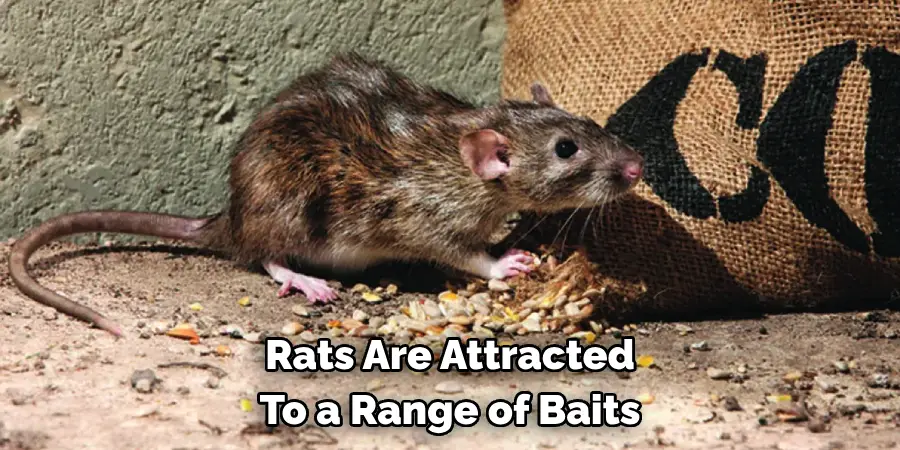
Needed Materials
Before we begin discussing the methods of getting rid of rats, it’s essential to have the required materials on hand. These include:
Traps:
There are various types of traps available, including snap traps, live traps, and electronic traps. It’s best to have a variety of traps on hand to see which one works best for your situation.
Bait:
Rats are attracted to a range of baits, including peanut butter, bacon, and dried fruit. It’s best to experiment with different types of bait to see which one works best in attracting rats.

Sealant:
Inspect your coop for any potential entry points that need sealing, such as holes or gaps in walls or floors. These can be sealed with a strong sealant, such as steel wool or caulk.
Gloves and Protective Gear:
When handling traps and inspecting your chicken coop, it’s essential to wear gloves and protective gear to avoid any potential health risks from coming into contact with rat droppings or urine.
10 Step-by-step Guidelines on How to Get Rid of Rats in Chicken Coop:
Step 1: Identifying Signs of Rat Infestation
The first step in getting rid of rats is to identify if your chicken coop has a rat infestation. Signs of rat infestation include droppings, gnaw marks on feed containers or walls, and chewed eggs. You may also hear scratching or squeaking noises at night, indicating the presence of rats. It’s essential to confirm the infestation before taking any further action. The presence of rats can also attract other predators such as snakes or owls, which may pose a threat to your chickens. But make sure to identify the species of predator before taking any action.
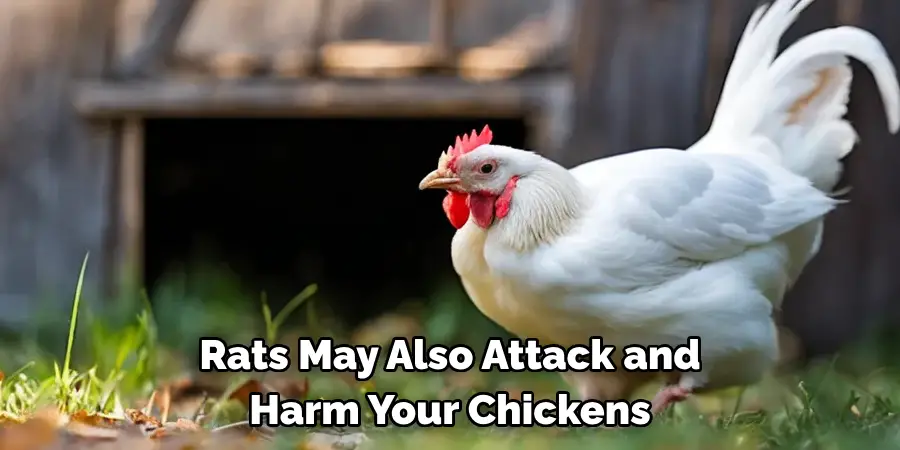
Step 2: Health Risks Associated with Rats in Chicken Coops
Rats in chicken coops pose various health risks to both humans and chickens. They can carry diseases, such as salmonella, which can be transmitted through contact with their droppings or contaminated food and water sources.
Rats may also attack and harm your chickens, causing injuries or even death. You must take immediate action to eliminate rats and prevent these health risks. If you suspect that your chickens may have come into contact with a rat or its droppings, make sure to monitor their health closely and seek veterinary assistance if necessary.
Step 3: Preventive Measures
The best way to deal with rats in chicken coops is by preventing them from entering in the first place. This includes sealing any potential entry points, such as holes or gaps, using a strong sealant like steel wool or caulk. Keep your coop clean and free of any spilled feed, and make sure to store feed in sealed containers to avoid attracting rats. But make sure to keep your coop well-ventilated and provide enough space for your chickens to roam, as overcrowding can also attract rats. You may also consider installing motion-activated lights or sound devices to deter rats from entering your coop.
Step 4: Natural Predators
Another method of controlling rats in chicken coops is by introducing natural predators, such as cats or dogs. These animals can help keep the rat population under control by hunting and catching them. Make sure to introduce any new animals carefully and monitor their behavior around your chickens.

Otherwise, they may pose a threat to your poultry. It’s also essential to note that relying solely on natural predators may not completely eradicate the rat population in your coop.
Step 5: Trapping Methods
Trapping is one of the most effective ways to get rid of rats in chicken coops. Place traps in areas where you have spotted rat activity, such as near feeders or nesting boxes. Make sure to use different types of bait and experiment with trap placement until you find what works best for your situation. It’s also important to check and empty the traps regularly to prevent any potential health hazards from decomposing rats. You may also consider using live traps and relocating captured rats to another area far from your chicken coop.
Step 6: Electronic Rodent Repellents
Electronic rodent repellents emit ultrasonic sound waves that are unpleasant to rats, causing them to flee. These devices can be placed inside or outside your chicken coop and require minimal maintenance. However, they may not be as effective if there is a high population of rats or if the device is not placed strategically. The effectiveness of these devices may also vary depending on the brand and type, so it’s essential to do your research before purchasing one. But make sure to follow the manufacturer’s instructions for proper usage.
Step 7: Chemical Methods
Chemical methods, such as rat poison, should be used as a last resort and with extreme caution. These products can be harmful to both humans and chickens if not used correctly. Make sure to read and follow the instructions carefully and keep all chemicals out of reach from children or pets. It’s also essential to monitor your chicken coop for any potential signs of poisoned rats, as your chickens may consume them and become sick. If you choose to use rat poison, make sure to dispose of any dead rats properly and promptly.
Step 8: Sealing Entry Points
After successfully eliminating rats from your chicken coop, make sure to inspect and seal any potential entry points to prevent future infestations. Regularly check for new holes or gaps and use a strong sealant like steel wool or caulk to close them off. Prevention is key in keeping your chickens safe from rat infestations. It’s also important to maintain good hygiene practices and keep your coop clean to avoid attracting rats in the first place. Although it may be a labor-intensive task, it’s crucial for the health and well-being of your chickens.
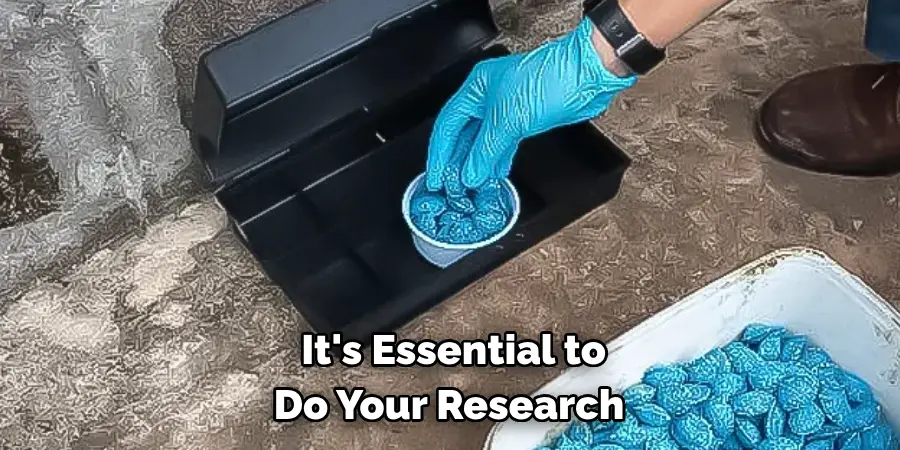
Step 9: Habitat Modification
Making changes to your chicken coop and its surroundings can also help prevent rats from infesting your coop. Keep the surrounding area clean and free of debris, as this can provide shelter for rats. Trim any overgrown vegetation and keep bird feeders or compost piles away from your coop. Make sure to store chicken feed in sealed containers and avoid leaving out uneaten food. These small modifications can go a long way in preventing rat infestations and keeping your chickens safe.
Step 10: DIY Rat-Repellent Solutions
There are also several DIY rat-repellent solutions that you can try to naturally deter rats from your chicken coop. These include using peppermint oil, ammonia, or predator urine around the perimeter of your coop. You can also sprinkle cayenne pepper or garlic powder near potential entry points to repel rats. It’s important to note that these methods may not be as effective as other preventative measures, but they are non-toxic and safe for your chickens. Experiment with different solutions to find what works best for your situation.
Following these steps on how to get rid of rats in chicken coop and implementing preventative measures can help keep rats out of your chicken coop and protect the health and safety of your chickens. Keep a close eye on any potential signs of rat activity, such as droppings or chewed feed containers, and take immediate action if necessary. With proper care and maintenance, you can create a safe and healthy environment for your feathered friends free from rat infestations

Collaborating with Local Pest Control Services
In some cases, rat infestations in chicken coops may be too severe to handle on your own. In such situations, it’s essential to seek help from professional pest control services. They have the necessary equipment and expertise to effectively eliminate rats from your coop while ensuring the safety of your chickens.
Collaborating with local pest control services can also provide you with valuable knowledge and advice on preventing future infestations. They can inspect your coop and surrounding area for potential entry points or sources of attraction for rats, and provide recommendations to improve hygiene and maintenance practices. Working together with a professional can help ensure the long-term health and safety of your chickens.
Remember to always communicate openly with pest control services about your concerns and any specific requirements you may have for your chickens. With their help, you can successfully eliminate rats from your chicken coop and create a safe and healthy environment for your feathered friends. So, don’t hesitate to reach out for assistance when needed. Your chickens will thank you!
Monitoring and Maintenance
Even after successfully eliminating rats from your chicken coop, it’s important to continue monitoring and maintaining the area to prevent future infestations. Regularly check for any signs of rat activity and take immediate action if necessary. Keep your coop clean and ensure all food sources are sealed and inaccessible to rats. Consider implementing a regular pest control routine or collaborating with local services for periodic inspections. By staying vigilant and taking preventive measures, you can ensure the long-term health and safety of your chickens. So, don’t let rats ruin your chicken-keeping experience – take proactive steps to protect your feathered friends today! Remember, prevention is key to keeping a happy and healthy flock.
Legal and Environmental Considerations
When dealing with rat infestations in your chicken coop, it’s important to consider any legal or environmental regulations in your area. Some chemicals or methods may be restricted by local laws, and it’s essential to follow them to avoid any potential consequences. Additionally, some pest control methods may have adverse effects on the environment. It’s crucial to research and choose environmentally friendly options whenever possible to protect both your chickens and the surrounding ecosystem. Remember, a healthy and sustainable approach is always the best choice for you, your chickens, and the environment. So, be responsible and considerate when taking action against rat infestations in chicken coops.
Case Studies and Success Stories
Learning from the experiences of others can be a great way to gain valuable insights and tips for dealing with rat infestations in chicken coops. Many online forums and communities cater specifically to chicken keepers, where members share their stories and offer support and advice. Additionally, reaching out to local farmers or poultry associations can provide you with practical knowledge and guidance from experienced individuals. Don’t be afraid to ask for help or share your own experiences – together, we can work towards creating a safer and healthier environment for our beloved chickens. So, stay connected and learn from others in your chicken-keeping journey!
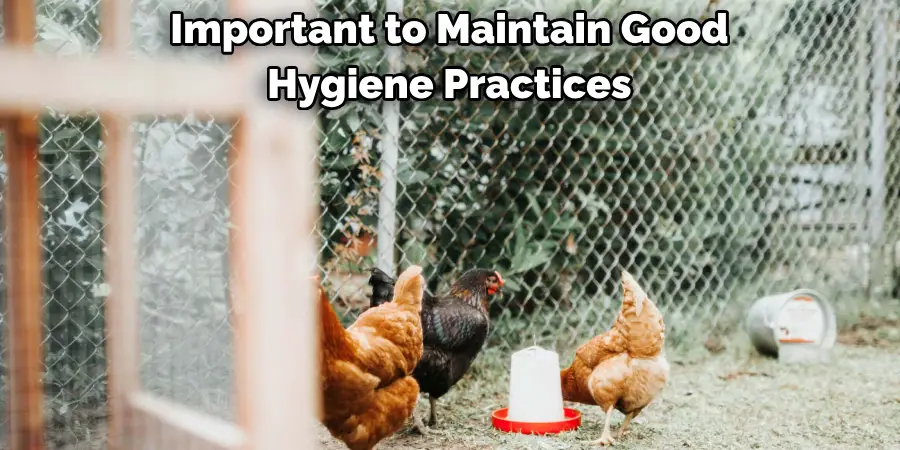
Frequently Asked Questions
Q1: How Can I Tell if There Are Rats in My Chicken Coop?
A1: Some common signs of rat activity in chicken coops include finding droppings, chewed feed containers or eggs, and noticing damage to the coop structure. You may also hear scratching noises or see rats scurrying around. It’s essential to regularly inspect your coop and take immediate action if any of these signs are present.
Q2: How Long Does it Take to Get Rid of Rats in a Chicken Coop?
A2: The time it takes to eliminate rats from a chicken coop can vary depending on the severity of the infestation, chosen methods, and preventive measures implemented. In some cases, it may take a few weeks to completely get rid of rats from your coop and maintain a rat-free environment.
Q3: Can Rats Harm My Chickens?
A3: Yes, rats can pose a threat to the health and safety of chickens. They can carry diseases that can be transmitted to chickens, such as salmonellosis and avian tuberculosis. Additionally, rats may also attack or kill chickens, especially young or weak ones. It’s crucial to take immediate action against rat infestations to protect the well-being of your flock.
Q4: Are There Any Natural Methods for Getting Rid of Rats in Chicken Coops?
A4: Yes, there are natural methods that can help eliminate rats from chicken coops, such as using essential oils, installing ultrasonic devices, and using natural predators like cats or terriers. However, it’s important to note that these methods may not be as effective as professional pest control services and may require constant monitoring and maintenance. So, it’s crucial to research and choose the best option for your specific situation.
Q5: How Can I Prevent Rat Infestations in My Chicken Coop?
A5: Keeping a clean and well-maintained coop, regularly checking for potential entry points or sources of attraction, and implementing preventive measures such as using wire mesh or burying hardware cloth around the coop can help prevent rat infestations. Additionally, collaborating with local pest control services for periodic inspections and monitoring can also aid in the early detection and prevention of rat activity. Remember, proactive measures are key in keeping your chickens safe from rat infestations. So, always be vigilant and take preventive action when needed.
Conclusion
In conclusion on how to get rid of rats in chicken coop, ensuring a rat-free chicken coop is essential for the health and safety of your poultry. By adhering to rigorous cleanliness protocols, securing food sources, and employing strategic preventive measures, you can effectively deter these pests. Remember, consistency is key in pest management.
Regular inspections and timely actions can keep your chicken coop a safe haven for your birds and a no-go zone for rats. By following the advice outlined, the well-being of your chickens and the integrity of your coop can be preserved.
About
Outdoor Fixes is a distinguished figure in the world of Diy design, with a decade of expertise creating innovative and sustainable Diy solutions.
His professional focus lies in merging traditional craftsmanship with modern manufacturing techniques,
fostering designs that are both practical and environmentally conscious. As the author of diy,
outdoorfixes delves into the art and science of outdoorfixes-making, inspiring artisans and industry professionals alike.
Education RMIT University
(Melbourne, Australia) Associate Degree in Design (Outdoor Fixes) Focus on sustainable design, industry-driven projects,
and practical craftsmanship. Gained hands-on experience with traditional and digital manufacturing tools, such as CAD and CNC software.
Nottingham Trent University
(United Kingdom) Bachelor’s in outdoorfixes.com and Product Design (Honors) Specialized in product design with a focus on blending creativity with production
techniques. Participated in industry projects, working with companies like John Lewis and Vitsoe to gain real-world insights.
Publications and Impact
In diy, Outdoor Fixes his insights on indoor design processes, materials, and strategies for efficient production.
His writing bridges the gap between artisan knowledge and modern industry needs, making it a must-read for both budding designers and seasoned professionals.

